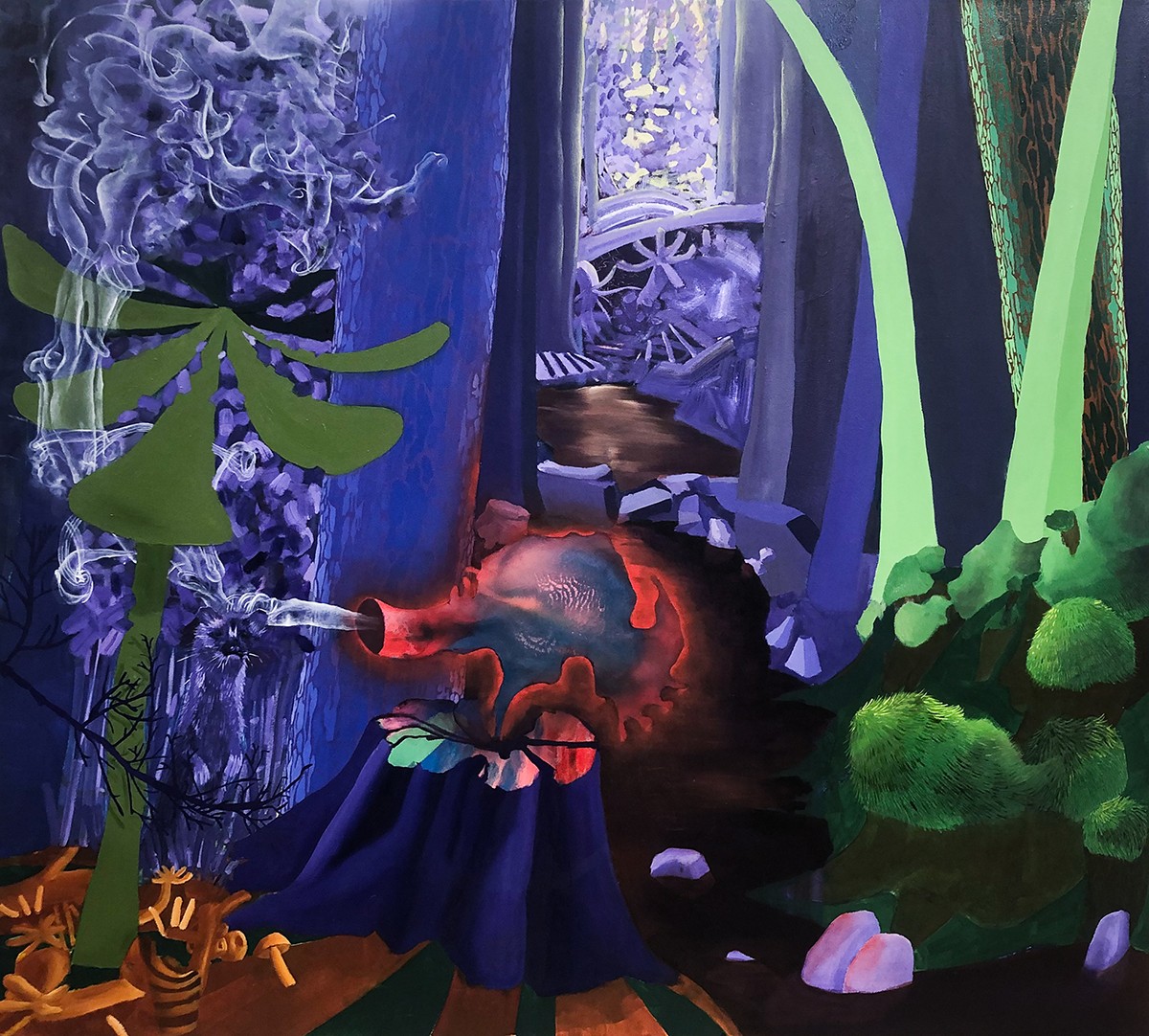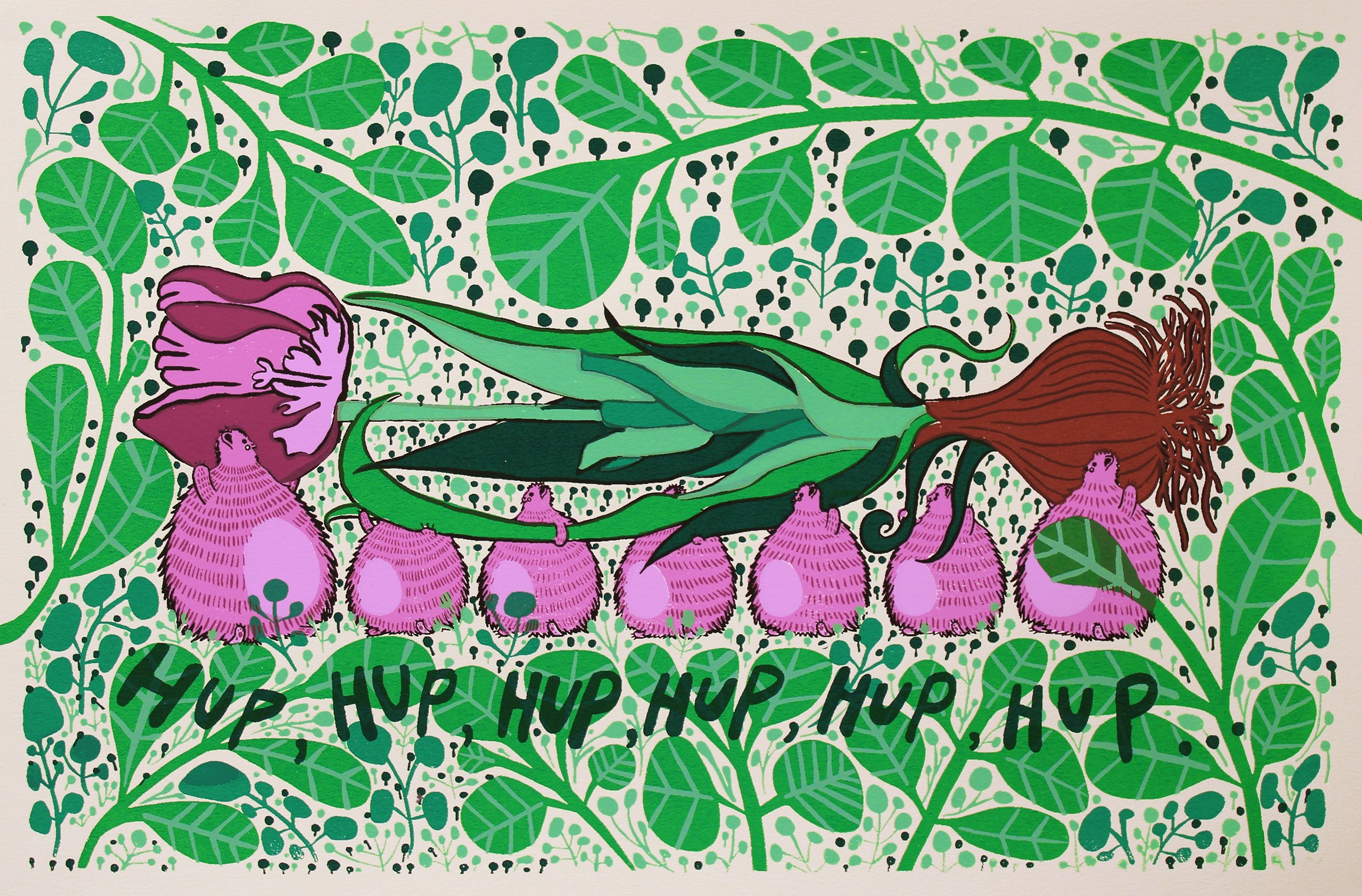We caught up with the brilliant and insightful Morgan Bakaletz a few weeks ago and have shared our conversation below.
Morgan, thanks for joining us, excited to have you contributing your stories and insights. Do you feel you or your work has ever been misunderstood or mischaracterized? If so, tell us the story and how/why it happened and if there are any interesting learnings or insights you took from the experience?
In my adolescence, I never understood why I felt so different from everyone else. Despite having my own body, wearing the clothes that I wanted to, and trying to be the person I thought I wanted to be, I still felt wrong. I always felt like I was too boyish to hang out with girls and too girlish to hang out with boys. For a long time, I wanted things to be different than they were. I didn’t fully grasp what being queer meant or that it was okay to like girls until I was about 18 years old. I came out pretty early in college, and have always been a more masculine-presenting woman. After I came out, rifts in the family started to happen, and home didn’t feel like it used to. It’s still the same place and the same people but I don’t quite understand why I feel the way that I do, or why people’s opinions change of me, or why I care about that. Sometimes I wish that I would have come out earlier in life, but for the most part, things have turned out okay so far.


Great, appreciate you sharing that with us. Before we ask you to share more of your insights, can you take a moment to introduce yourself and how you got to where you are today to our readers.
I am the kind of person that would rather always be alone in the woods. Interacting with people can be exhausting and intimidating for me. I dislike comments similar to “smile more,” struggle with small talk, and am selective about sharing personal information. I grew up in Northeastern Tennessee, surrounded by nature and mountains, which provided me with an all-consuming sense of comfort. My relationship with nature is echoed in my paintings and prints, offering a similar sanctuary. During hikes and daily life, I often pause to marvel at small wonders such as leaf veins, cicada exoskeletons, Bryozoans, or twigs. I also have a deep love for the intricacies and oddities of mycology, underwater life, and botany. As a masculine-presenting queer woman, I have often felt that the world doesn’t readily provide a sense of solace. I channel my emotions, stemming from hardships in my life, into my art to gain self-understanding in relation to the world. ‘Alone’ has always felt like a physical location where I can truly be myself. Over the last year, I started to work with illustration, and I was able to inject humor into the pathos of my own experiences. Humor holds profound significance in my work. It serves as a driving force, a restorative process, and a bridge between grief, heartache, and refuge. My paintings and prints represent fictional worlds populated with weird, funny, and oddly specific plants. For example, if I can control the environments of my plants and how they react to certain cataclysmic incidents, it gives me hope that everything in my own life will turn out okay. My most recent body of work, “Peculiar Places, Strange Spaces” reflects this journey, embracing a playful and deeply serious avoidance of judgement. This cluster of emotions has manifested in a series of paintings, zines, and a screenprinted field guide.



Let’s talk about resilience next – do you have a story you can share with us?
In 2022, my grandmother passed. I remember my mother calling me on the phone, begging me to come visit the hospital. I think I said something like, “I’ll try to make it”. I was too late, and never got a chance to say goodbye. This painting, “No Words of Mine Will Ever Do What I Want Them to Do,” stems from a conversation that my mother had with my grandfather on the way to the receiving of friends. She said to him, “Today will be one of the hardest days of your life, but the real hard part is when you have to go home, to your empty house, and live the rest of your life without her.” My grandmother was a quilter, as was her mother, my mother, and probably someday me. The foregrounded, dominating tree represents my grandmother, and all of the pinkish plants represent all of the people she affected; life with her. She was one of those people that held other people together. The yellow space beyond is life without her. I read somewhere once that grief is all of the love that we have left over. It is a heavy thing, I still feel an incredible amount of guilt, and I’m visualizing spaces that have the potential to allow me to feel comfortable, and sit with those emotions.
Looking back, are there any resources you wish you knew about earlier in your creative journey?
I wish I had known about open-call sites way earlier. Sites like artist.callforentry.org, theartguide.com, and the book Art/Work by Heather Bhandari and Johnathan Melber were pivotal resources in my undergraduate career.
Contact Info:
- Website: morganbakaletz.weebly.com
- Instagram: morganbakaletzart
Image Credits
Image 1: “HUP HUP HUP! C’mon Move It! Shake a Tail Feather! HUP HUP!” 11×17 inches, 9 layer silkscreen on paper, 2024, edition of 17. Image 2: “No Words of Mine Will Ever Do What I Want Them to Do (Sanctuary of the Silent Kingdom)”, 45×56 inches, oil on canvas, 2022. Image 3: “They Can’t Ever Stop Rumbling (Orographic Rift Over Yonder)” 48×60 inches, oil and acrylic on canvas, 2023. Image 4: Zine and Pencil Display, 2023, editions of 150 and 110. Image 5: “Everlasting, Deathless (Northeast of Slumbering Earth)”, 30×39 inches, acrylic and oil on linen, 2023. Image 6: “There’s a Yearnin’ in the River, and It Feels Like Home (The Entrance to Mother’s Altar)”, 54×60 inches, oil on canvas, 2023.


